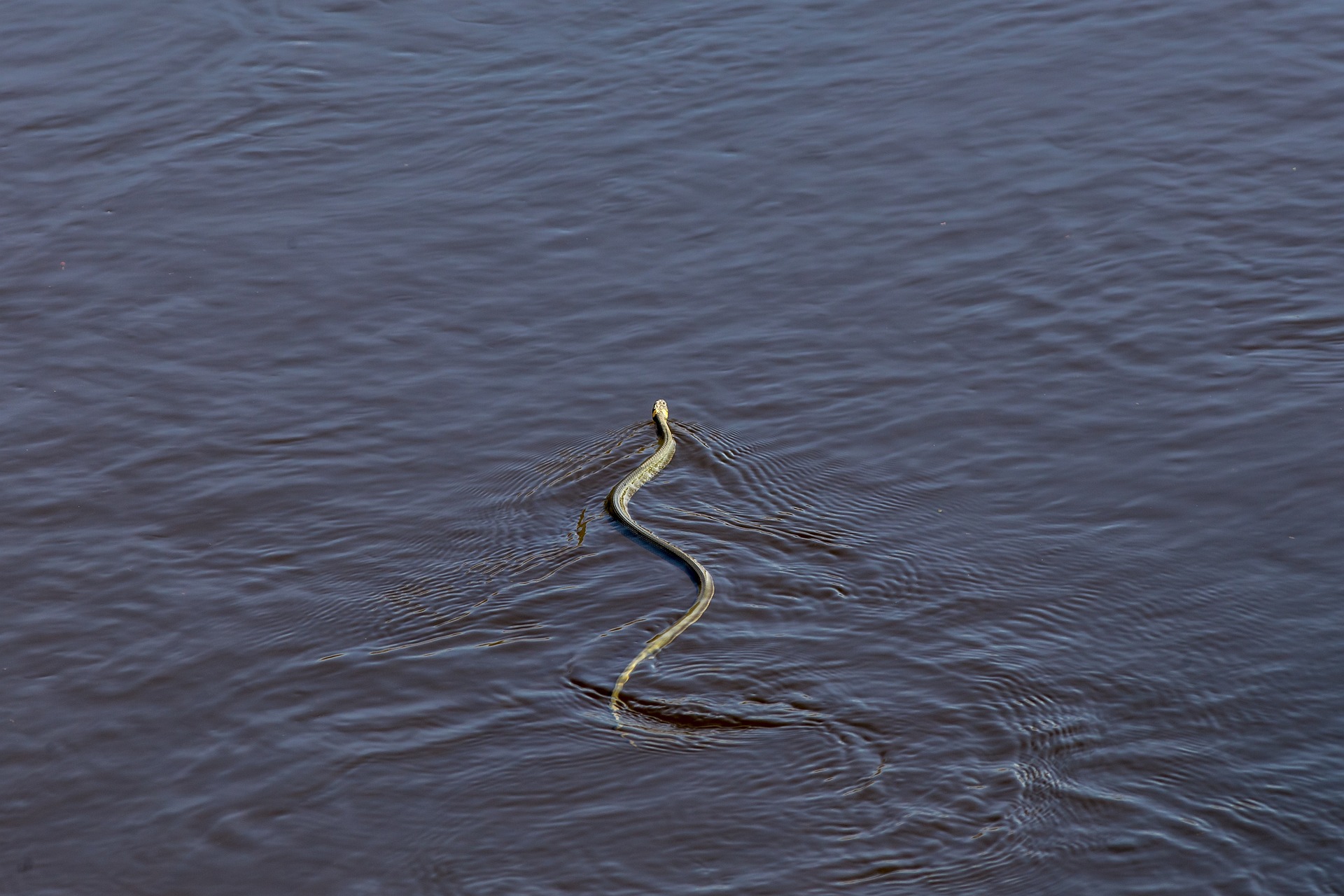The grass snake (Natrix natrix), also known as the ringed snake or water snake, is a species of non-venomous snake native to Europe and parts of Asia. Here’s some information about the grass snake:
- Appearance: Grass snakes are typically green or brown in color, with darker markings along their back and sides. They have a long, slender body and can grow to lengths of up to 100 to 150 centimeters (3 to 5 feet). Their underside is usually pale yellow or whitish, sometimes with black markings.
- Habitat: Grass snakes are commonly found in a variety of habitats, including grasslands, meadows, marshes, woodlands, and gardens. They are often associated with water and are frequently found near ponds, lakes, rivers, and streams, where they can hunt for prey and seek refuge.
- Diet: Grass snakes are carnivorous and feed primarily on a diet of amphibians, especially frogs and toads. They are also known to consume small mammals, birds, fish, and invertebrates such as insects and earthworms.
- Behavior: Grass snakes are primarily active during the day (diurnal) and are generally solitary animals. They are excellent swimmers and climbers, often taking to the water to hunt for prey or escape from predators. Grass snakes are non-venomous and rely on constriction to subdue their prey.
- Reproduction: Grass snakes typically mate in the spring, shortly after emerging from hibernation. Females lay eggs in rotting vegetation, compost heaps, or other warm, sheltered locations. The eggs hatch after several weeks, and the young snakes are independent from birth.
- Defense Mechanisms: When threatened, grass snakes may emit a foul-smelling musk from their cloaca as a defense mechanism. They may also flatten their body and hiss to appear larger and more intimidating to potential predators.
- Conservation: Grass snakes are generally common and widespread throughout their range and are not considered globally threatened. However, habitat loss, pollution, and persecution by humans pose threats to their populations in some areas. Conservation efforts aimed at protecting wetland habitats and reducing human disturbance can benefit grass snake populations.
Grass snakes play an important role in their ecosystems as predators of small vertebrates and invertebrates, helping to regulate populations and maintain ecological balance. They are also valued by humans for their role in controlling pests and their cultural significance in many societies.
Views: 10
Subscribe to the newsletter:
